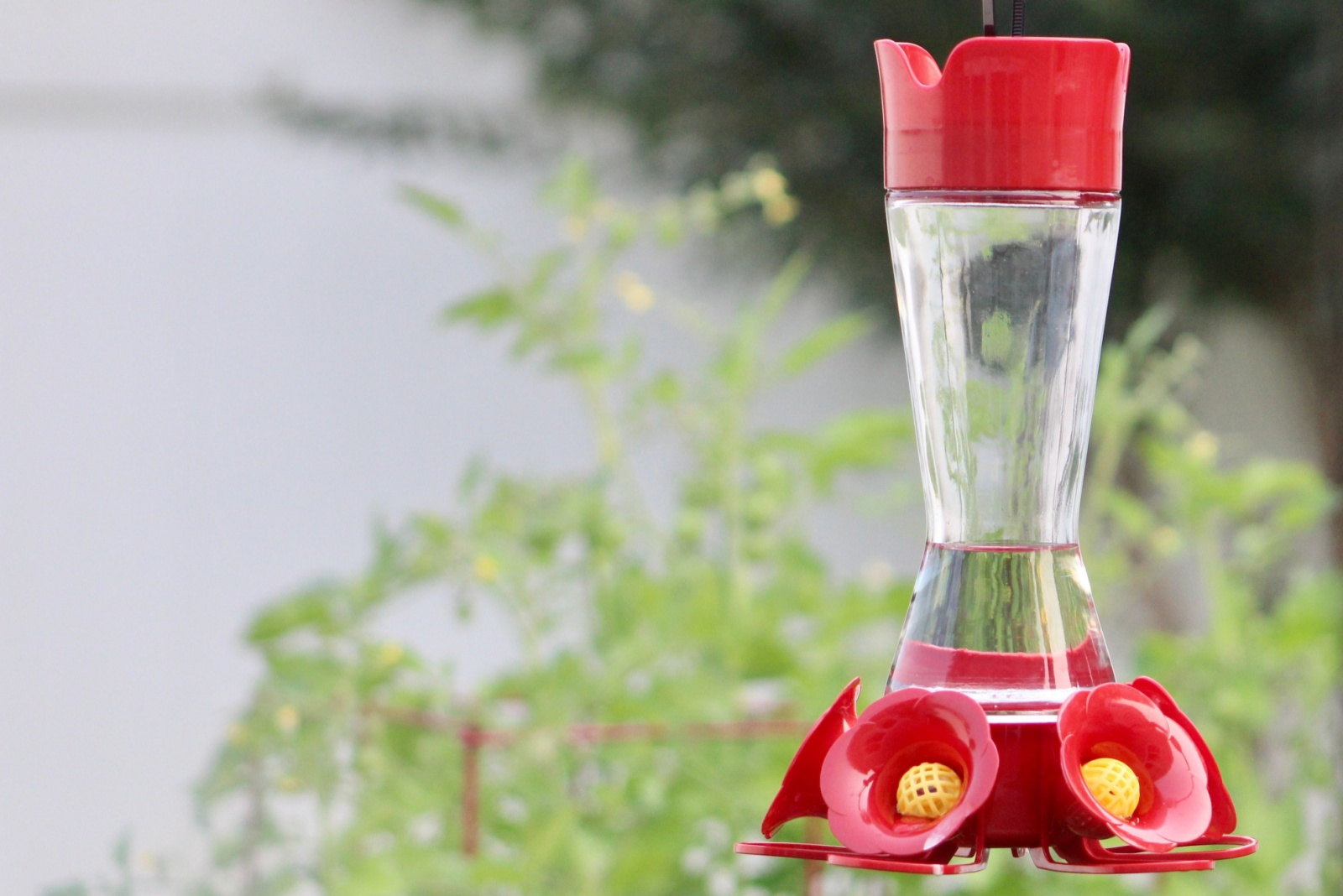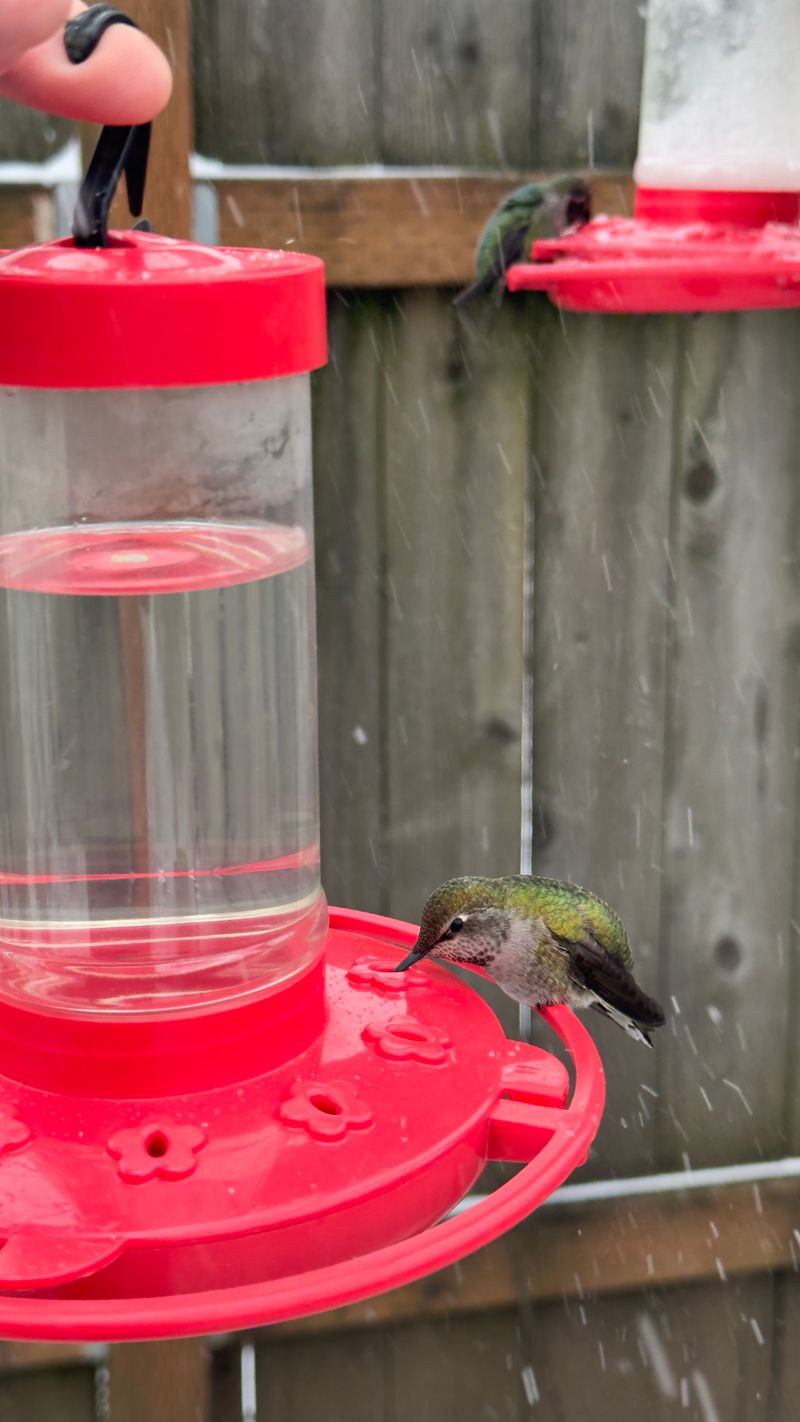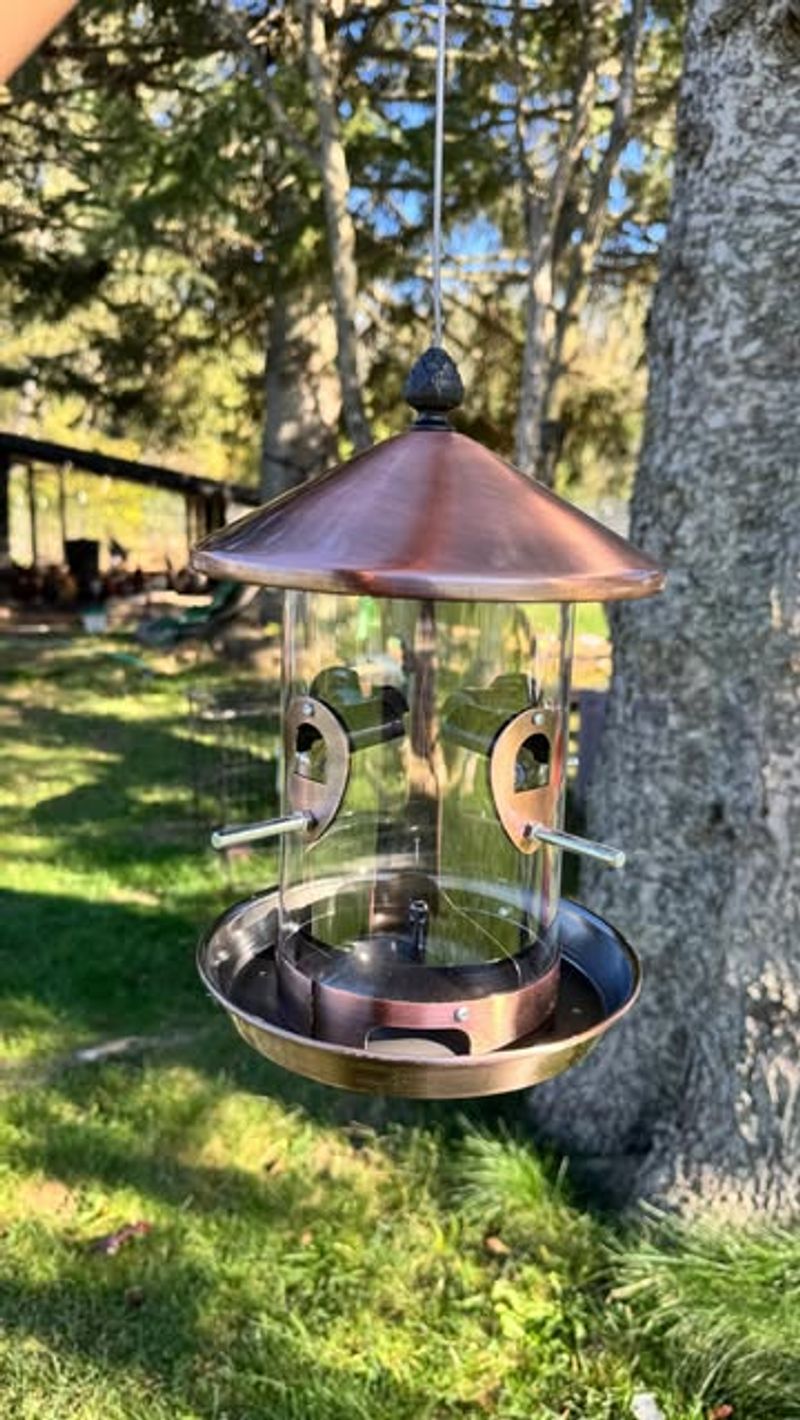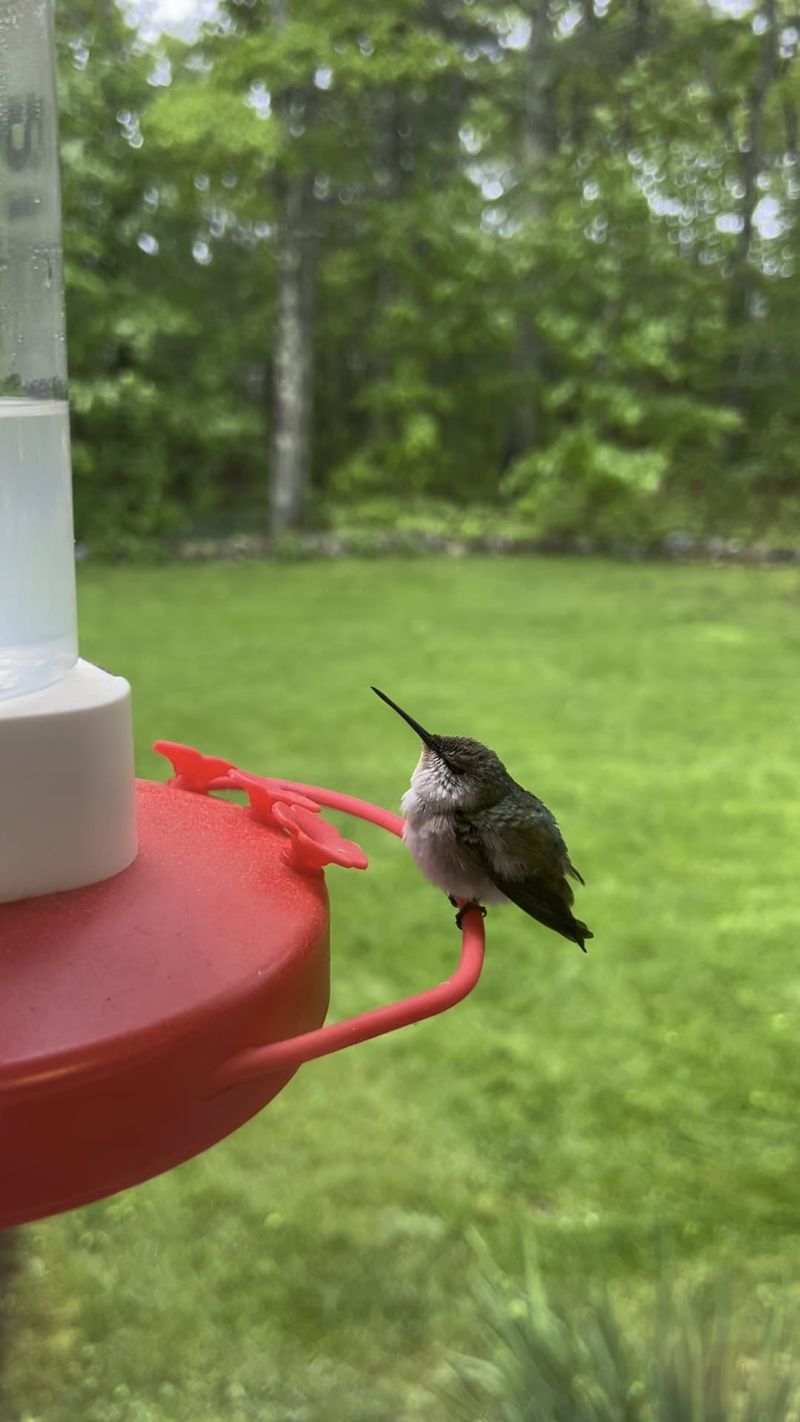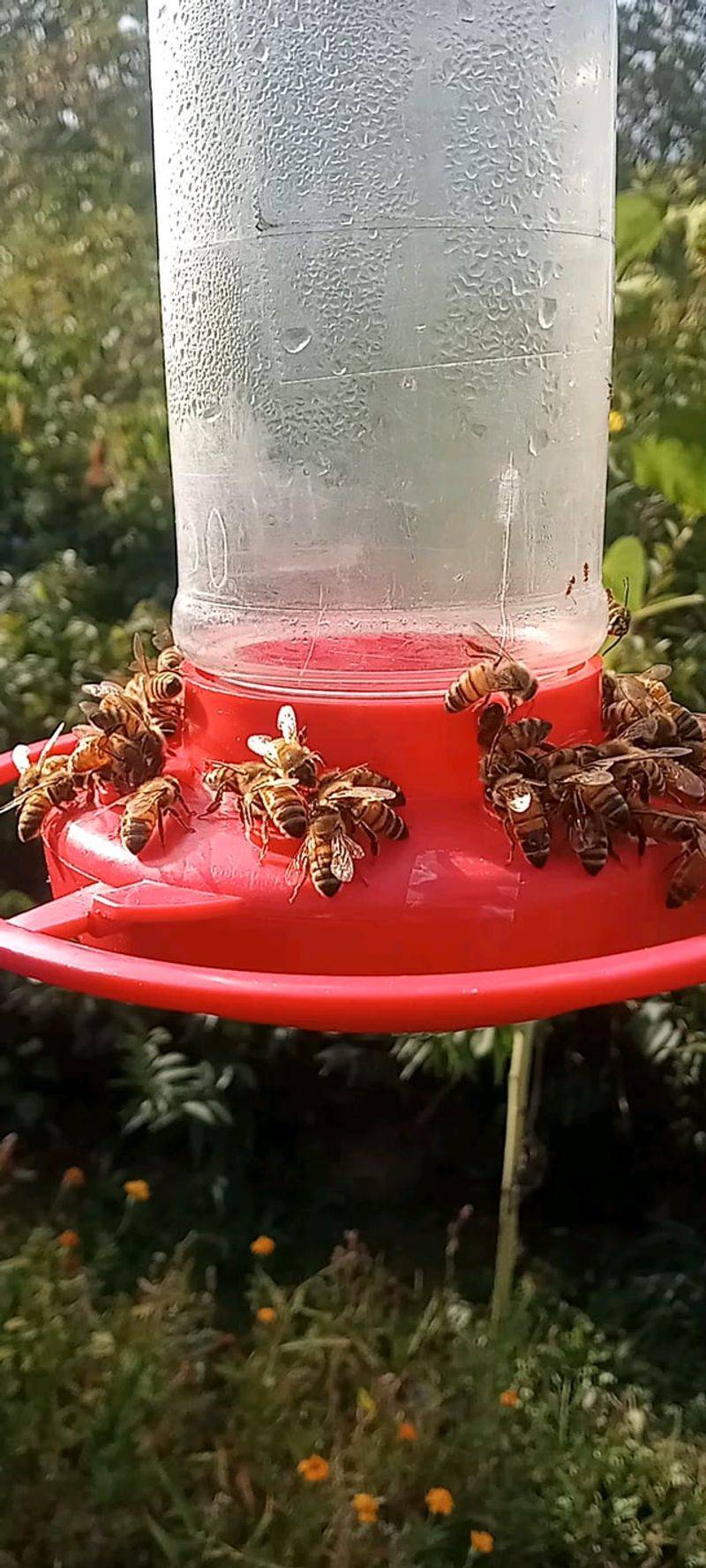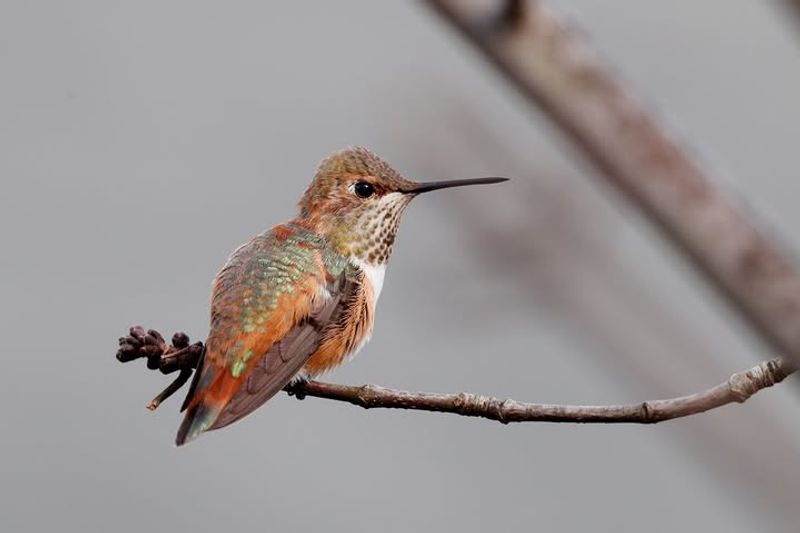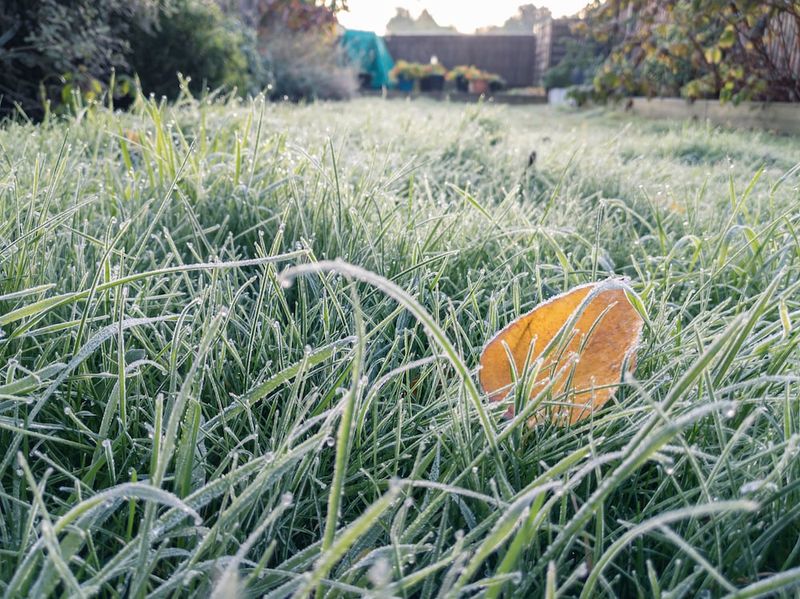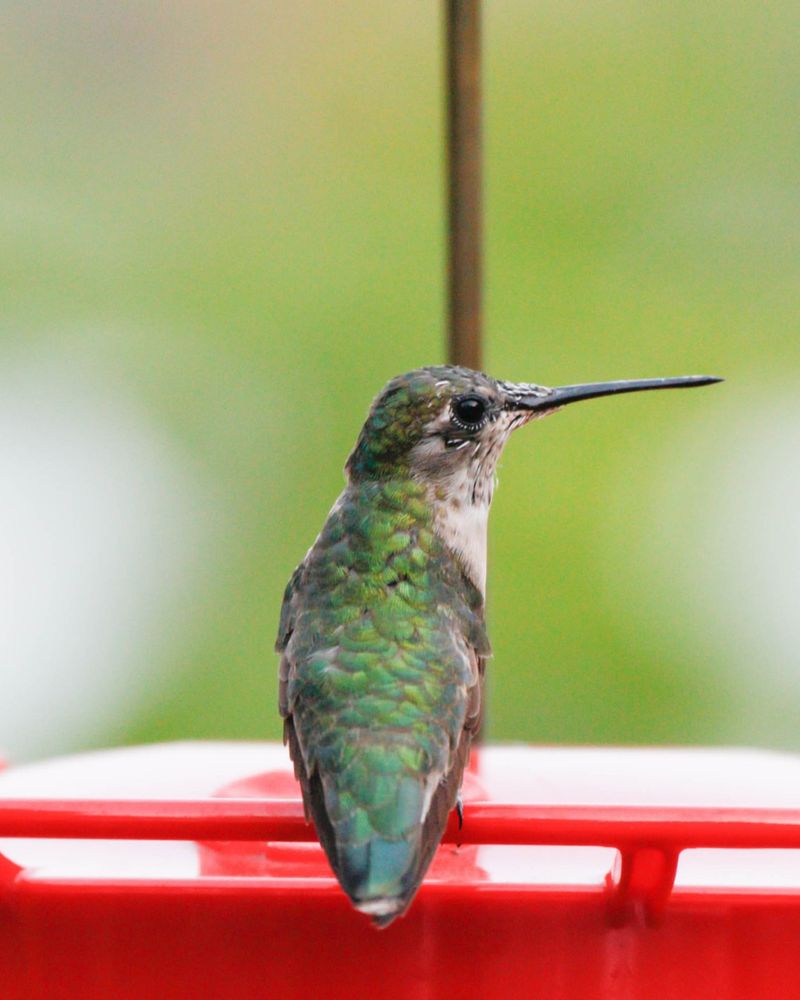Hummingbirds bring joy and color to Missouri yards throughout the warmer months, but knowing when to remove your feeders is just as important as putting them up.
Taking down feeders at the right time helps these tiny birds migrate safely while preventing issues like mold growth and unwanted visitors. Watching for specific signs will help you make the best decision for both the hummingbirds and your backyard setup.
1. Temperatures Drop Below Freezing Regularly
When Missouri nights start hitting freezing temperatures consistently, your feeder becomes more trouble than help. Sugar water freezes solid, making it impossible for hummingbirds to drink even if a few stragglers remain in the area.
Frozen feeders can crack or break, wasting your investment. Most hummingbirds have already begun their southern journey by this point anyway.
Check your local forecast regularly in late October and early November to catch this sign early.
2. You Haven’t Seen A Hummingbird In Two Weeks
Two full weeks without a single hummingbird visit tells you migration is likely complete in your area. While stragglers do exist, they’re rare exceptions rather than the rule in Missouri.
Keep a simple log or mark your calendar when you spot your last visitor. Most Missouri hummingbirds depart between mid-September and mid-October.
Leaving feeders up too long after they’ve left just invites other problems like insects and mold growth in unused nectar.
3. Nectar Starts Clouding Up Quickly
Cooler fall temperatures combined with less frequent feeding means nectar sits longer and spoils faster. Cloudy or murky liquid indicates bacterial growth or mold, which can harm any remaining hummingbirds.
If you’re changing nectar every day or two and it still clouds up, the birds probably aren’t drinking it anymore. Spoiled nectar wastes your time and sugar.
Clean feeders are essential, but constant maintenance without bird activity signals it’s removal time.
4. Bees And Wasps Take Over The Feeder
Late summer and fall bring aggressive yellow jackets and wasps searching for sugar sources before winter. When these insects dominate your feeder, hummingbirds often avoid it entirely because they can’t compete.
A feeder covered in stinging insects becomes dangerous for you and useless for birds. Wasps can even trap and harm hummingbirds in rare cases.
Once the insect invasion happens, it’s usually a clear signal that migration has started anyway.
5. Mid-October Arrives In Missouri
Ruby-throated hummingbirds, Missouri’s primary species, typically complete their migration by mid-October. This date serves as a reliable guideline even if you think you’ve spotted a bird recently.
Rare stragglers might linger into November, but they’re uncommon. Keeping feeders up indefinitely won’t trap birds or delay migration, but it creates unnecessary maintenance.
Use October 15th as your target removal date unless you’re actively seeing visitors daily beyond that point.
6. Morning Frost Appears On Plants And Grass
That first layer of white frost coating your lawn signals a major shift in seasonal conditions. Hummingbirds need insects for protein, and frost kills off many of their natural food sources quickly.
Flower nectar also becomes scarce as frost damages blooms. Without these natural options, most hummingbirds have already left your area.
Morning frost combined with empty feeders makes a compelling case for taking everything down and cleaning it for next spring’s return.
7. You’re Cleaning The Feeder More Than Refilling It
When you find yourself scrubbing mold and residue more often than actually adding fresh nectar, the birds have moved on. Unused sugar water becomes a science experiment rather than a food source.
Constant cleaning without corresponding bird activity wastes your effort and resources. Feeders require thorough cleaning every few days in warm weather, but that maintenance makes no sense without visitors.
Save yourself the hassle and pack it away until spring arrives with new hummingbird arrivals.

